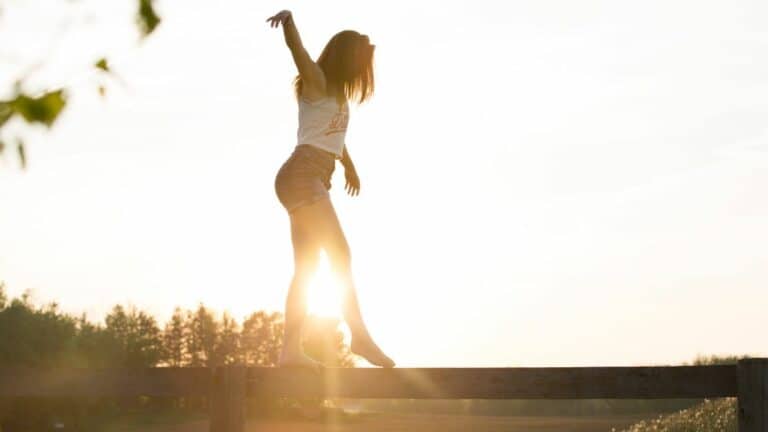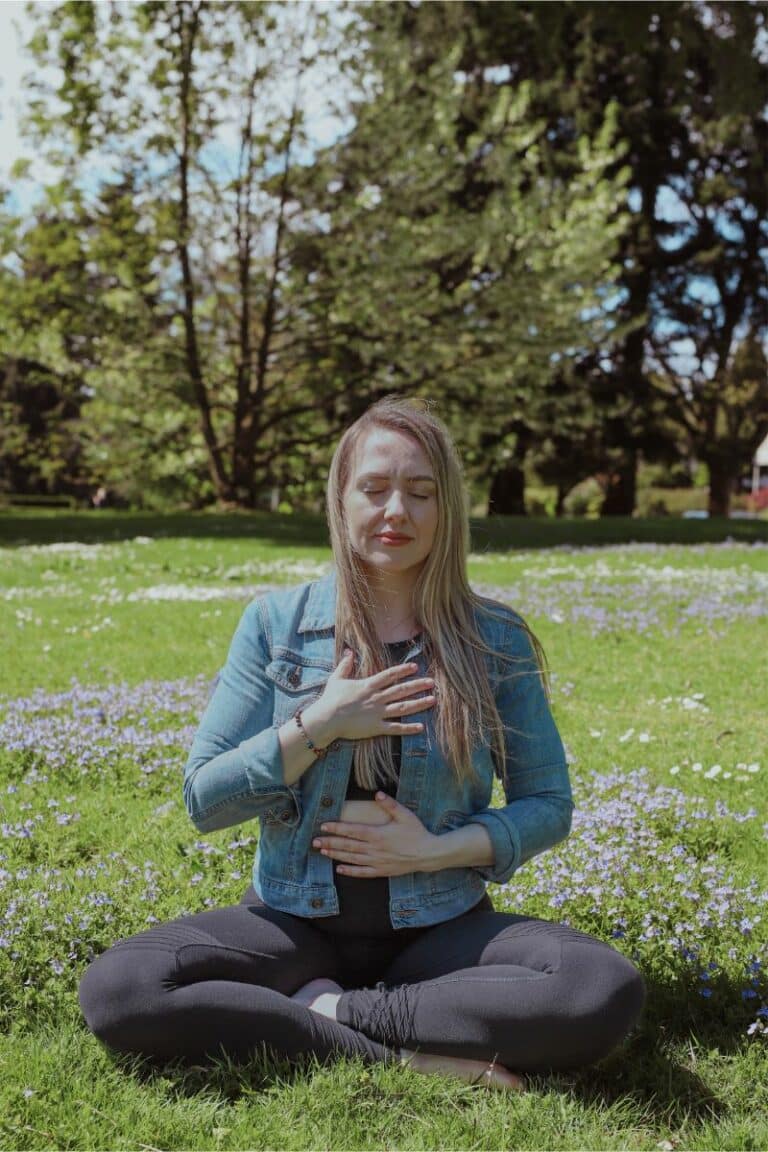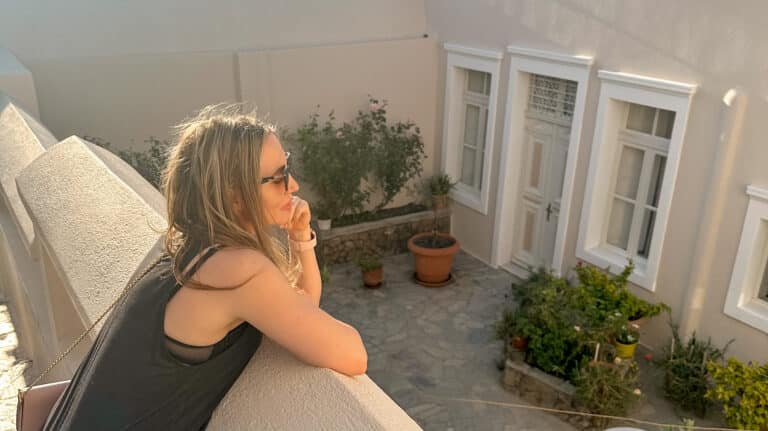How to Manage Flight Anxiety
Traveling and going on vacation ranks as many people’s top choice for what to do with their free time. Even with that, there are so many people that dread flying, and it can ruin their travels. Learning how to manage flight anxiety will make your trips so much more enjoyable.

The best way to manage flight anxiety is to properly prepare. When you anticipate, prepare, and plan for situations, you are better equipped to handle them. Anxiety will prevail when you are ignorant. It is much harder to think catastrophic thoughts when you know the statistics, so the easiest way to prepare is to arm yourself with information. For example, if your fear is the plane crashing, read up on the statistics of how infrequently that happens so you can see that it is very unlikely. You can see how unlikely that is here. According to IATA, aviation is actually the safest way to travel; read more on that here. Knowledge will help you manage your flight anxiety.
Another way to prepare is to listen to the flight attendant at the beginning of the flight, especially when they show you where the exits are. Having a specific mental plan of how you’d respond to an emergency makes it more likely you won’t panic and have to think through a plan WHILE you’re in the middle of an emergency. This is why they teach kids to “stop, drop, and roll” if there’s a fire.
Learning your triggers will help you with how to manage flight anxiety.
Is it being close to people and germs? Is it turbulence? Once you know your triggers, you’ll be better prepared for how to manage flight anxiety. If the germs bother you, wear a mask, pack hand sanitizer, and try to get a seat with an empty seat next to it. If it’s the turbulence, look up the expected turbulence ahead of time.
Visualization is a powerful tool for managing anxiety. Visualize yourself at your destination or somewhere safe. When you are on the plane and nervous thoughts start to come up, visualize yourself on a tropical island with a piña colada in hand. Be as specific as you can be: feel the sun on your legs, the sand under your feet, and hear the gentle lapping of ocean waves. You can also visualize yourself in a nice safe space like at home in your bed with the covers drawn up around your neck. Visualization is a powerful tool to help us transform our thoughts and in turn our reality.
Distraction is another useful tool.
Flying nowadays, there are so many options for activities that you can focus your attention on. Many airplanes have in-flight shows and movies. You can always download things to your phone or tablet ahead of time too. Occupy yourself by watching a show that is comforting or a brand new movie you have been wanting to see. You can also play a game on your phone or tablet or read a book. You can review your upcoming itinerary–flying home, you can make remarks in a travel diary or organize and filter the photos on your phone.
Packing tools that will help you on the flight will help you manage flight anxiety.
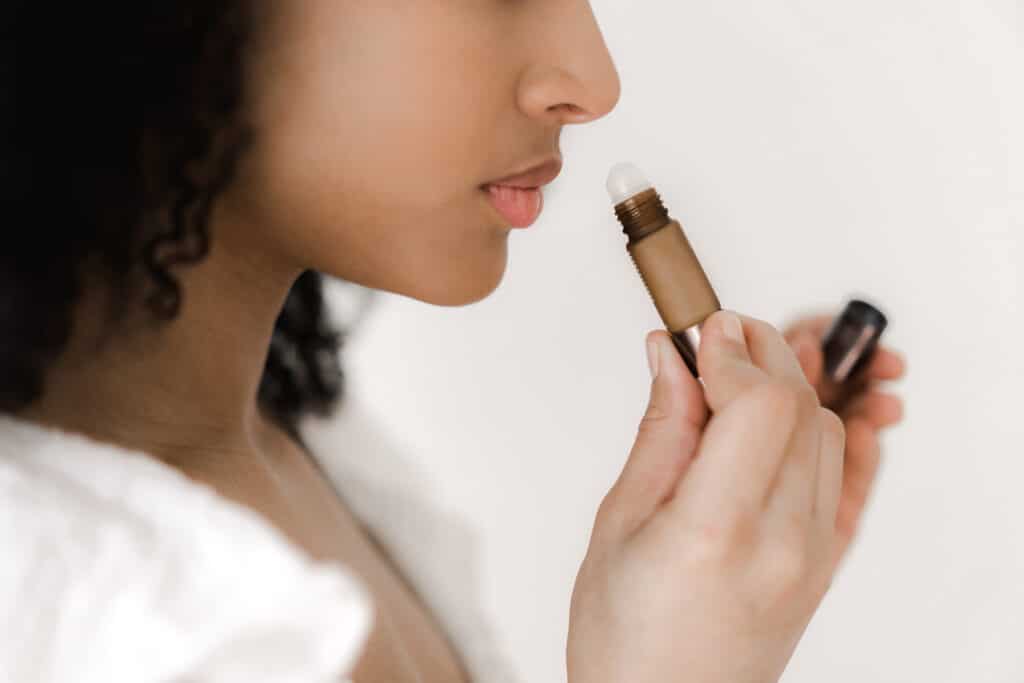
You can pack a chamomile tea bag so that you can make hot tea to relax you on the airplane. Aromatherapy is also a great natural way to relieve stress and anxiety. You can bring on a roller of lavender oil, rub it in between your hands and take some deep breaths to help calm your nerves. Pack dramamine, natural herb supplements, or any medications that may help you on your flight. You can even pack gum; chewing gum helps equalize pressure in the ears.
If you’re traveling with someone, coach them on how to help you. If you prepare your travel buddy and let them know about your travel anxiety, they will be able to properly prepare themselves to support you. That can be something as simple as holding your hand, or getting you a fizzy drink if you become nauseous.
How to manage flight anxiety?
Be careful what you drink when traveling. Unfortunately coffee and alcohol do NOT help when it comes to anxiety. One of the best ways to manage flight anxiety is to ditch them completely the day before and of travel. They both can enhance your anxiety and will also interfere with any medications or supplements you may take to relieve anxiety. You may think a drink will help take the edge off, but it will actually make it harder for your body to adjust to being airborne. Alcohol increases motion sickness, and also because there is less oxygen at altitude, your one drink can feel like two.
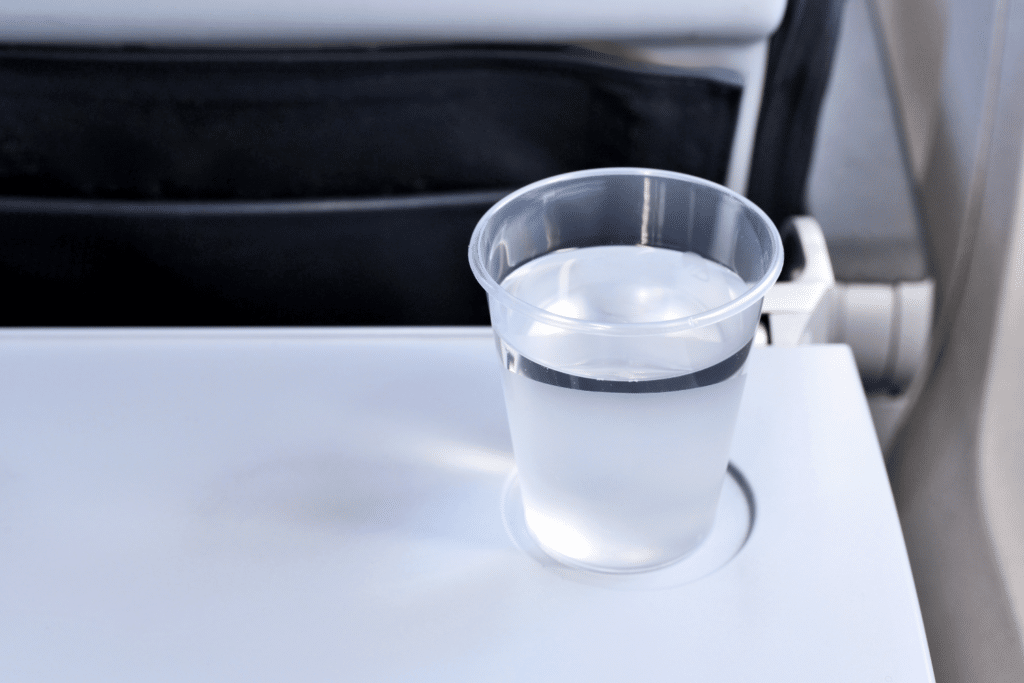
Dehydration on the airplane is common, and because of that you’ll want to make sure to hydrate. It’s important to drink lots of liquid. You can use the restroom as soon as you board so that there won’t be a panic if there is turbulence and you need the bathroom, you’ll have already gone. This is a simple plan that will give you one less thing to worry about after takeoff.
Breathing practices and techniques are an excellent tool to regulate your nervous system, and you can practice them before you travel.
You can follow along a guided meditation that will walk you through the steps, or you can practice on your own. Experiment with different breathing techniques and see what works best for you. I recommend guided meditations for stressful times because when you lose focus or when the mind wanders, there is a teacher to pull you back. Here is a tutorial on cyclic breathing which I find very helpful for stressful situations.
Having a strategy for coping with anxiety about flying can go a long way to helping you feel prepared and–dare I say it?–grounded. Some of the best ways to manage a sympathetic response are in the book The Science of Stuck: Breaking Through Inertia to Find Your Path Forward by Britt Frank, LSCSW. I find her tips informative and helpful. You owe it to yourself to read her book, but here are some of my favorites.
First of all, a “sympathetic response” refers to our body’s sympathetic nervous system responding to what it perceives as dangerous or stressful.
Frank tells us that it’s a physiological process, so we need to remind ourselves that that’s what it is–we’re not going crazy. She says it’s not important to ask ourselves why we feel panic, but instead to discover what or who makes us feel safe.
She suggests that we can pay attention to how our body feels when we’re thinking about pleasant people or anything that we love, such as a favorite place or activity. Make a list of such things to use in the future.
We can further shift our attention to these kinds of physical sensations with, for example, soft music or essential oils. We can also name the sensations we’re feeling in our body. Frank writes, “Say to yourself out loud, I feel tension in my neck. I feel tightness in my stomach. I feel heat in my face. Then look for one place in your body where you feel neutral or calm,” such as your right ring finger or right kneecap, as she suggests, and then spend four minutes alternating attention between the tense and neutral areas.
There’s also the 5-4-3-2-1 technique for managing anxiety, which isolates the five senses by noticing five things we see, four things we hear, three things we can touch, two things we can smell, and one thing we can taste.
Frank tells us that we can reorient our minds back into thinking mode by picking an unusual number that we wouldn’t normally think of (she suggests 31, but it can be any number) and counting backwards from that number. Another way to shift our minds into thinking mode is to do simple math problems.
Finally, if you can, pet your cat or dog!
